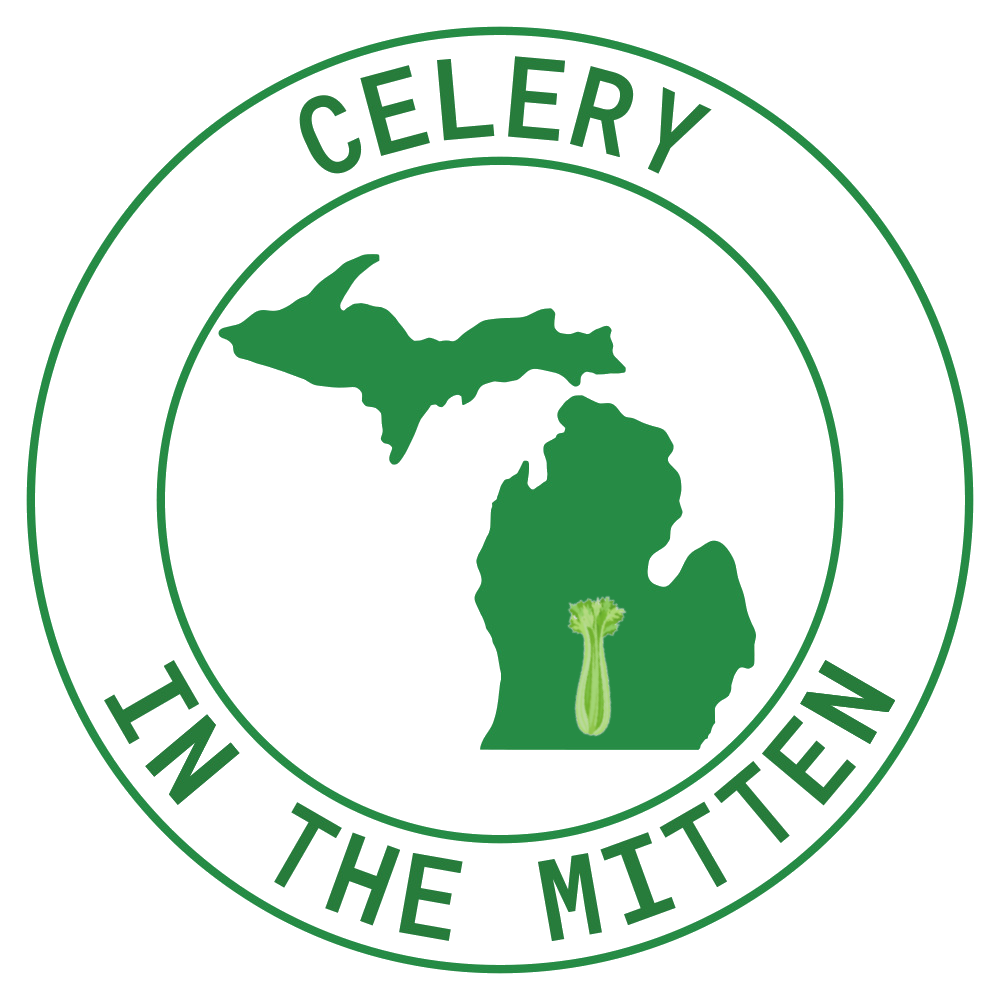7. MATERIALS AND FINISHES

Considerations and Rationale:
The types of materials and finishes that are exposed to archival records can subject them to chemical, biological and physical damage (SAA, 2009, p.95). The deterioration of archival collections will escalate if not stored properly or placed in unsuitable environments. Archive materials, therefore, would do best in places that consist of proper climate and filtration conditions; including storage environments constructed with materials and finishes that would minimize the off gassing of volatile organic compounds or other chemicals that could contaminate the air and thus degrade the records (SAA, 2009, p.95). Materials that contain biological contaminants or may [introduce] mold to the records, [for example] should be avoided in records storage environments(SAA, 2009, p.95). As a result, the SAA reasoned that materials and finishes should be added as a guideline.
GUIDELINES:
- Prohibited Materials and Finishes: Conservators, chemists and archivists have constructed a list of prohibited materials that should be excluded from archival stacks, exhibit cases where original documents are displayed, processing rooms, record holding areas, laboratories and exhibit galleries (SAA, 2009, p.96). These prohibited materials include but are not limited to:
- Asbestos (SAA, 2009, p.96)
- Cellulose nitrate(SAA, 2009, p.96)
- lacquers and adhesives (SAA, 2009, p.96)
- acid-curing silicone sealants and adhesives (SAA, 2009, p.96)
- sulfur containing materials (SAA, 2009, p.96)
- pressure sensitive adhesives(SAA, 2009, p.96)
- formaldehyde (SAA, 2009, p.96)
- unstable chlorine polymers (PVC)(SAA, 2009, p.96)
- Chemical Testing of Questionable Materials Recommended: Chemical testing is recommended for materials that are deemed questionable in nature. Further consultation with certified laboratories, conservators, chemists, and experts in the field is recommended. Archives, museums, conservation laboratories and other related industries have also provided information regarding dangerous or questionable building materials through technical publications and websites (SAA, 2009, p.96-97).
- External Building Materials: External building materials for archive materials must be durable, provide appropriate protection from heat, cold, humidity and moisture, be easy to maintain and keep clean, and meet the facility’s program requirements (SAA, 2009, p.97). All exposed concrete slabs, including spaces beneath raised floor systems, should be sealed or coated to prevent moisture migration and dust (SAA, 2009, p.97)
- Floors: The floors where the archival stacks are being held must be free from dust, and have a smooth finish allowing book trucks and cards to be easily maneuvered by staff (SAA, 2009, p.98). Concrete floors are the recommended flooring for archival stacks (SAA, 2009, p.99). Concrete is also recommended for processing areas, and other areas where archival collections are temporarily stored, processed or displayed, including laboratories. Carpet is also acceptable for processing areas exhibit galleries or reading rooms. Floor materials that are not recommended are:
- Wood (SAA, 2009, p.100)
- Bamboo (SAA, 2009, p.101)
- Carpet (SAA, 2009, p.101)
- Tile (SAA, 2009, p.101)
- Cork Products (SAA, 2009, p.101)
The following products MUST NOT be used on concrete floor coatings:
- Biocide (SAA, 2009, p.99)
- Formaldehyde (SAA, 2009, p.99)
- Acetic Acid (SAA, 2009, p.99)
- Amine-based products(SAA, 2009, p.99)
- Walls, Ceilings and Exposed Pipes: Latex-based paints are recommended for walls, ceilings and exposed pipes in stacks (SAA, 2009, p.102). Oil based and alkyd paints have proven to be harmful to archival records and must not be used (SAA, 2009, p.102). Drop and suspended ceilings should be avoided in archival stacks to for reasons of fire safety, dust control and undetected water leaks and infestation (SAA, 2009, p.102).
- Shelves, Cabinet Materials and Storage Furnishings: Steel shelving is the most common shelving and cabinet material used in archival facilities and shoudl use a powered coated finish (SAA, 2009, p.104). Open chrome plated stainless steel wire racks are also recommended for boxed material housed in cold storage areas, usually those with temperatures less than 50 degree Fahrenheit (SAA, 2009, p.104). Anodized aluminum is recommended with reservations due to the fact that: (1) it may develop rust if there are condensations archive stacks (2) if the shelves are pieced, it provides little protection from leaks but provides airflow if needed (3) it is expensive (SAA, 2009, p.105).
Shelving, cabinet materials and storage furnishings used in stacks that are not recommended include:
- Wood (SAA, 2009, p.105)
- Carpet and Fabrics (SAA, 2009, p.105)
- Other materials–such as plastic, rubbers, and caulks (SAA, 2009, p.105)
Exhibits:
- Exhibit cases displaying original documents should be aerated for a maximum of four weeks prior to installation of archival records (SAA, 2009, p.112)
The following material is acceptable for the construction of exhibit case:
- Stainless steel (SAA, 2009, p.113)
- Aluminum metal panel (SAA, 2009, p.113)
- Acid-free paper honey comb panels (SAA, 2009, p.113)
- High Density polyethylene (SAA, 2009, p.113)
- Aluminum//polyethylene laminates (SAA, 2009, p.113)
- Glass (SAA, 2009, p.113)
- Polyester sheets (SAA, 2009, p.113)
- Polypropylene sheets (SAA, 2009, p.113)
Wood is not recommended.
Fabric: The following fabric can be used for exhibit cases:
- undyed cotton (SAA, 2009, p. 114)
- linen (SAA, 2009, p. 114)
- polyester (SAA, 2009, p. 114)
- cotton-polyester (SAA, 2009, p. 114)
Silk, fire retardant treatments, permanent press and shrink proof fabrics and treated fabrics are not recommended (SAA, 2009, p. 114).
Laboratories: For laboratories, stainless steel furniture or anodized aluminum are recommended. Steel is recommended for shelving (SAA, 2009, p.117). For countertops, its material should be made of one that is non porous and heat and scratch resistant (SAA, 2009, p.117). Countertops should be sealed on all sides including the bottom and contain no adhesive residues(SAA, 2009, pp. 117-118).

